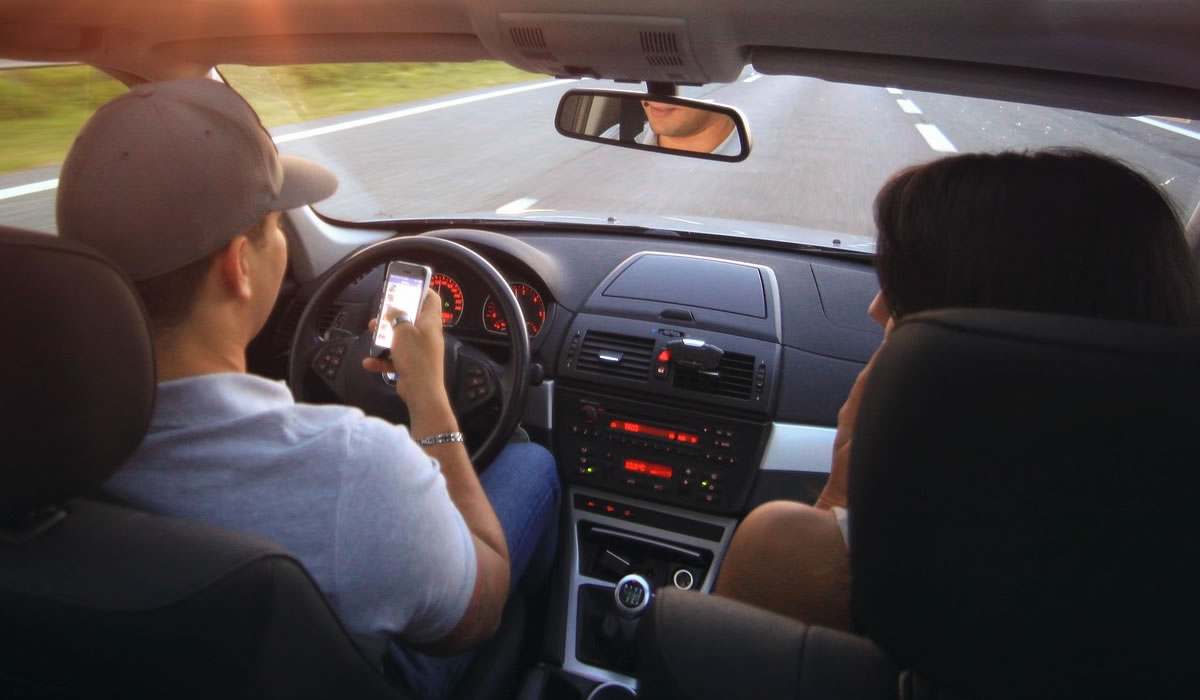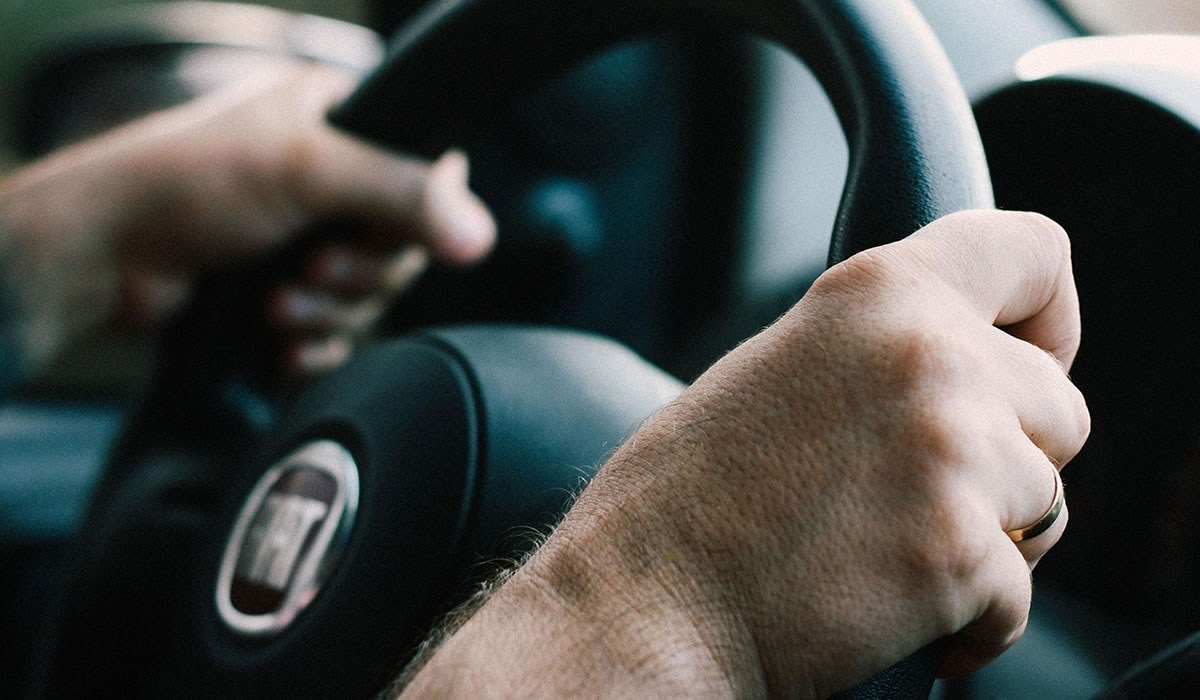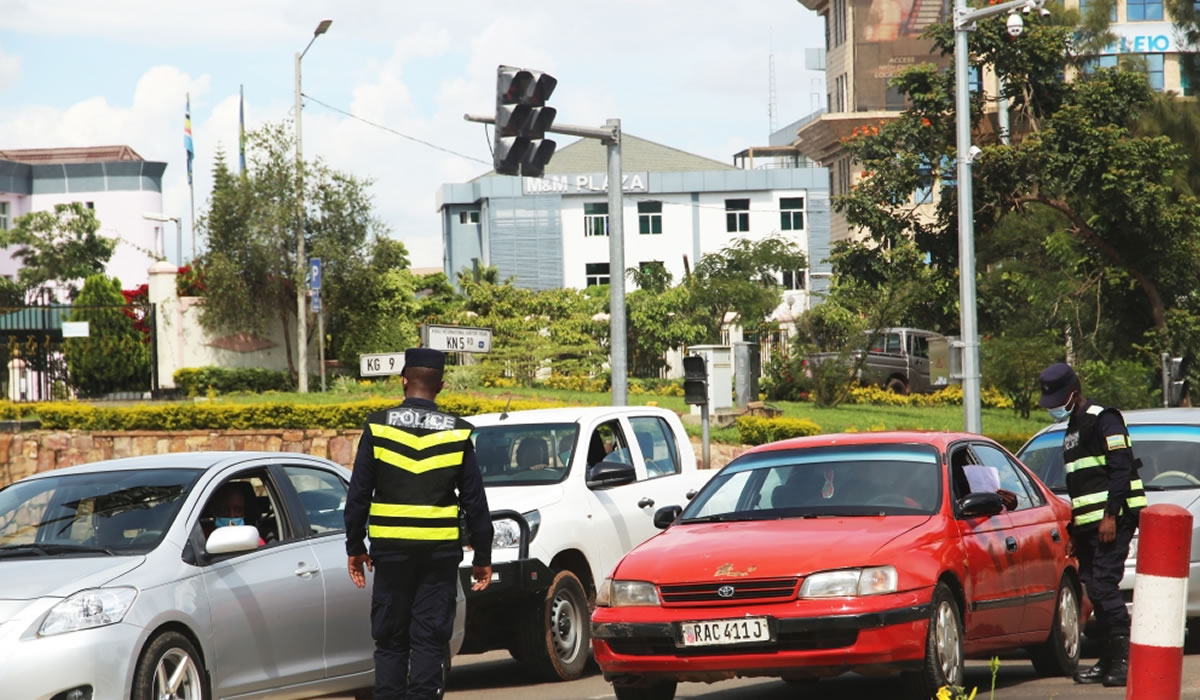Rwanda is a breathtaking travel destination that offers stunning landscapes, rich culture, and diverse wildlife…

How to Stay Safe on Your Self-Drive Safari in Rwanda
A self-drive safari in Rwanda offers an incredible opportunity to explore the country’s breathtaking landscapes, diverse wildlife, and national parks at your own pace. From the savannah plains of Akagera National Park to the dense forests of Volcanoes National Park, Rwanda provides an unmatched safari experience. However, driving through unfamiliar terrain, encountering wild animals, and navigating varying road conditions require careful preparation to ensure a safe and enjoyable journey. This guide provides essential tips to help you stay safe on your self-drive safari in Rwanda.
-
Plan and Prepare in Advance
Proper planning is crucial to ensure a smooth and safe self-drive safari in Rwanda. Research your destination, understand the road conditions, and make necessary arrangements before embarking on your journey. Ensure your itinerary is well-structured, including estimated driving times, fuel stops, and accommodation bookings.
If you are visiting national parks, confirm park entrance fees, opening hours, and any special permits required for activities such as gorilla trekking or guided game drives. Also, check for any travel advisories and weather forecasts, as road conditions can change depending on the season.
-
Choose the Right Vehicle
Selecting the appropriate vehicle for your safari is essential for both safety and comfort. Rwanda’s national parks, especially Akagera and Volcanoes, require robust and high-clearance vehicles. A 4×4 vehicle is highly recommended for navigating rugged terrain, muddy roads, and steep inclines.
Before setting off, inspect the vehicle thoroughly to ensure it is in excellent condition. Check tire pressure, brakes, oil levels, and fuel levels. Ensure the vehicle has essential tools such as a spare tire, jack, and first-aid kit. If renting a car, choose a reputable car rental company that offers well-maintained vehicles and provides roadside assistance.
-
Understand and Follow Park Rules
Each national park in Rwanda has strict rules to protect both visitors and wildlife. It is essential to follow these guidelines for your safety and to ensure minimal disturbance to the natural environment. Some important park rules include:
- Do not exit your vehicle unless at designated areas.
- Do not feed or provoke animals, as this can lead to aggressive behavior.
- Respect the speed limits, usually around 40 km/h in national parks, to prevent accidents involving wildlife.
- Keep noise levels low to avoid disturbing animals.
- Do not litter, as this harms the environment and wildlife.
Failure to adhere to these rules can result in fines or being asked to leave the park.
-
Drive Cautiously and Stay on Designated Roads
Driving in Rwanda’s national parks is different from city driving. Safari roads are often unpaved, dusty, and sometimes muddy, making navigation more challenging. Drive at a moderate speed to avoid skidding, especially on loose gravel or slippery roads.
Staying on designated roads is crucial, as venturing off-road can damage the environment and disturb wildlife. Off-road driving is also illegal in many protected areas and can result in heavy fines. Follow official signage and park ranger instructions to ensure a safe journey.
-
Be Aware of Wildlife Behavior
Wild animals can be unpredictable, so it is essential to remain alert and respectful of their space. Keep a safe distance from animals, especially large ones such as elephants, buffaloes, and lions. Never attempt to approach or block their path, as this can provoke aggressive reactions.
If an animal appears agitated or starts moving toward your vehicle, remain calm, avoid sudden movements, and slowly back away if possible. In case of an elephant encounter, give them ample space to pass, as they can charge if they feel threatened.
-
Avoid Driving at Night
Night driving in Rwanda’s national parks is not allowed for safety reasons. Visibility is significantly reduced after dark, increasing the risk of accidents with wildlife or getting lost. Additionally, nocturnal animals may be active, and some predators could become territorial.
If you must drive in the evening, ensure you leave the park before sunset and stick to well-lit, major roads where possible. Always use headlights properly and watch for unexpected obstacles such as potholes or stray animals.
-
Pack Essential Supplies
Carrying essential supplies can make your self-drive safari more comfortable and help you handle emergencies. Some must-have items include:
- Sufficient drinking water to stay hydrated, especially in hot weather.
- Non-perishable snacks to sustain you during long drives.
- A fully charged phone and power bank for communication in case of an emergency.
- Binoculars and a good camera for spotting and capturing wildlife from a safe distance.
- A detailed map or GPS to help navigate remote areas with limited signage.
- A first-aid kit with bandages, antiseptic, pain relievers, and any personal medications.
-
Communicate Your Travel Plans
Informing someone about your travel plans can be a lifesaver in case of emergencies. Let your lodge, hotel, or a trusted contact know your itinerary, expected return time, and the routes you plan to take.
Some national parks have limited network coverage, so consider carrying a satellite phone or renting a radio from the park offices if available. This will allow you to call for help in case of vehicle breakdowns or other emergencies.
-
Monitor Weather Conditions
Rwanda experiences two rainy seasons (March-May and October-December), which can make safari driving more challenging. Heavy rains can cause roads to become muddy and slippery, increasing the risk of getting stuck.
If traveling during the wet season, ensure your vehicle has all-terrain tires and be prepared for slower driving speeds. In extreme weather, consider postponing certain drives to avoid hazardous conditions.
-
Handle Vehicle Breakdowns and Emergencies Calmly
Despite taking precautions, vehicle breakdowns or unexpected situations can still occur. If your vehicle breaks down in a remote area, stay inside the car and avoid walking long distances, especially in areas with predators.
Use your phone or radio to call for assistance. Most rental companies in Rwanda provide 24/7 support, so have their contact information handy. If another vehicle approaches, signal for help, but always exercise caution when dealing with strangers.
-
Respect Local Communities
When driving through rural areas or villages near national parks, respect local communities and their customs. Drive slowly through populated areas, watch for pedestrians and livestock, and be courteous to other road users. If you need assistance, locals are often friendly and willing to help, but it is polite to ask before taking photographs of people or their property.
-
Be Financially Prepared
Many remote areas in Rwanda have limited access to ATMs or card payment facilities. Carry some local currency (Rwandan Francs) for park entry fees, fuel, and other expenses. It is also wise to have small denominations for tipping park rangers, guides, or local service providers.
A self-drive safari in Rwanda can be an unforgettable adventure if done safely and responsibly. By choosing the right vehicle, understanding wildlife behavior, following park rules, and preparing for emergencies, you can minimize risks and fully enjoy Rwanda’s natural beauty. Taking the necessary precautions ensures not only your safety but also the conservation of wildlife and the preservation of Rwanda’s stunning landscapes. Whether you’re exploring Akagera’s savannahs or trekking through Volcanoes National Park, staying safe will make your safari a truly rewarding experience.



